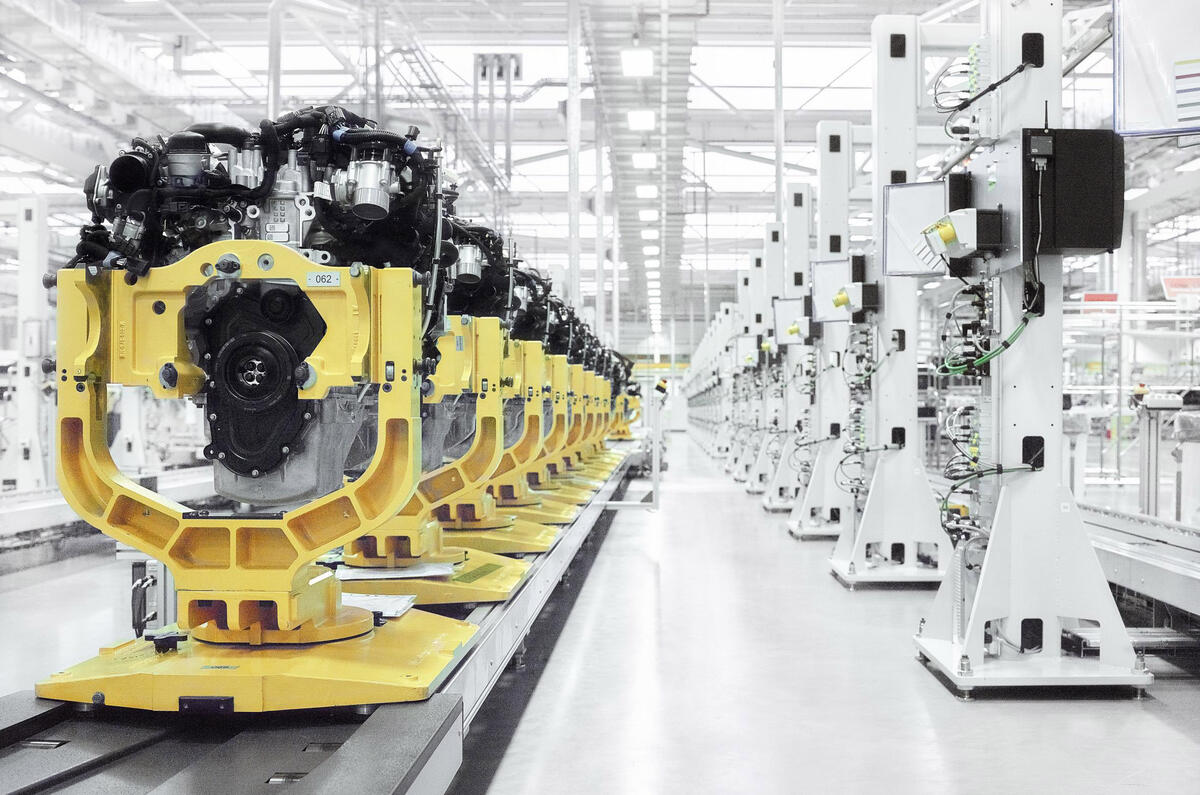The six-cylinder engines in Jaguar Land Rover’s future expanded Ingenium family will be straight-six units rather than V6s.
The petrol and diesel inline six engines will replace the current Ford-sourced V6s in JLR’s model range, and will be built at the firm’s Ingenium engine plant in Wolverhampton, a doubling in size of which was confirmed by JLR last year.
Switching to in-line six engines rather than using V6s will mean JLR’s six-cylinder engine strategy will mirror that of rivals BMW and Mercedes-Benz.
The Ingenium engine family is of modular design, allowing the design, parts and manufacturer of different engine sizes to be shared. The six-cylinder engines will be, in effect, a version of the four-cylinder Ingenium with two extra cylinders. The engines will have a capacity of 3.0 litres, as with JLR’s current V6 engines.
The Ingenium engine strategy is similar to that of BMW with a 500cc per cylinder capacity. Three-cylinder engines are also planned, with a 1.5-litre capacity. A four-cylinder Ingenium 2.0-litre petrol engine is due later this year.
The use of straight-six engines has already been packaged into the engine bay of models from the lightweight D7a architecture used on the Jaguar XE, Jaguar XF, and Jaguar F-Pace, an architecture which is also destined for future Land Rovers.
Inline six-cylinder engines are traditionally trickier to package, but use fewer moving parts and are lighter than V6s, which translates to improved fuel economy and lower manufacturing costs.
The Ingenium engine range is geared up for different configurations with transverse or longitudinal installation, front-, rear- and all-wheel drive transmissions, and, in the future, hybridisation.
V8s do have a future in JLR’s lineup, even though they're unlikely to be built by JLR or be part of the Ingenium family. There is speculation that JLR could switch to BMW or Mercedes-sourced V8s in the future, rather than develop its own.








Join the debate
Add your comment
Straight Six, back to their roots
…...
A straight six
I think that they use 6 cylinder petrol
Jaguars in export markets.